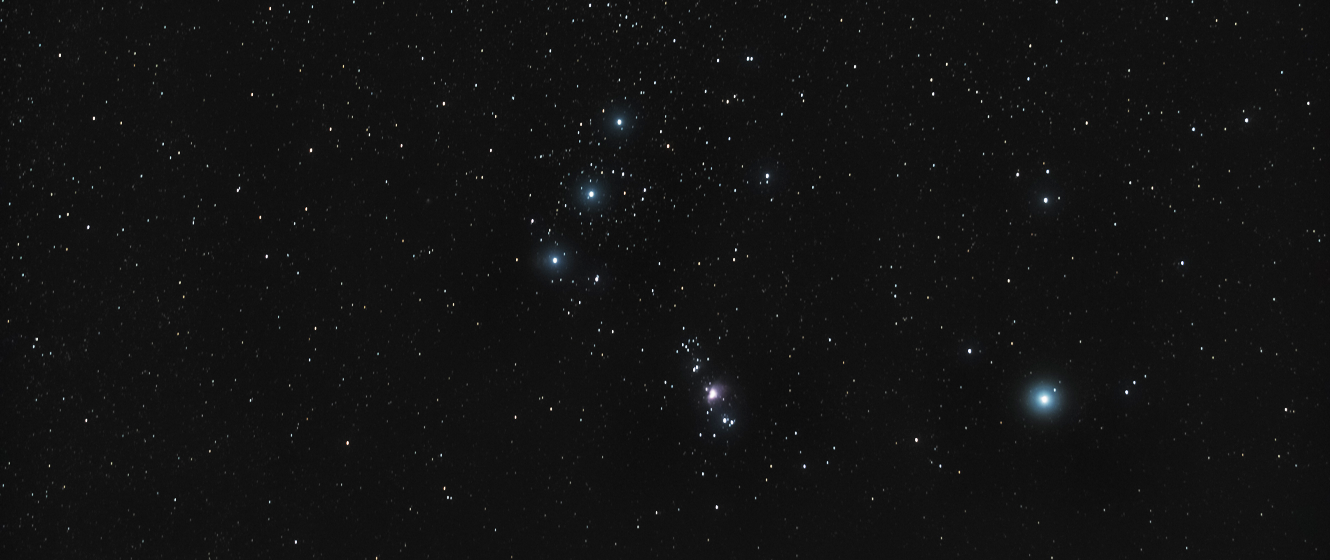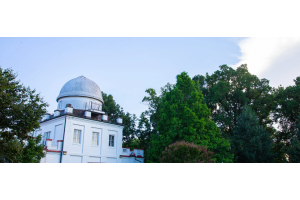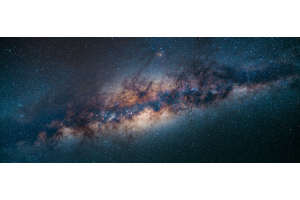
The Constellation of Orion is without a doubt the most recognizable constellation in the night sky. If anything, it earns the title of being one of the only constellations that actually looks like what it’s supposed to represent. In Greek mythology, it is thought the constellation represented Orion the Hunter. The Greeks saw Orion wielding his club, shield, and the three stars representing Orion’s belt. In Greek mythology, Orion viciously sought seven divine sisters (the children of Pleione). In desperation, the sisters turned towards Zeus and asked to be saved from Orion. Zeus placed the seven sisters into the sky as what we recognize now as the Pleiades star cluster. Orion can be seen in the sky rising after the Pleiades, still in fervent pursuit.
But while the mythology behind Orion is certainly interesting, what’s even more interesting is the number of beautiful objects we can see within Orion. The constellation of Orion is an absolute treasure trove of objects for beginners and advanced astronomers alike. Within the core of the Orion Nebula, with enough magnification, you can spot the stars that make up the “Trapezium”. These are a collection of young, extremely hot stars that illuminate much of the nebula. You can find bright, beautiful, and colorful stars, brilliant nebulae, and much more in this constellation. The most notable object in Orion is without a doubt the Orion Nebula – the brightest and one of the largest nebulae in the night sky. The Orion Nebula is the easiest to spot in a telescope and can be found in the “sword” of Orion. This nebula is our go-to recommendation for those who are just starting out in the hobby.
You can also observe the three stars that make up Orion’s belt. They are the stars Alnitak, Alnilam, and Mintaka. After this, we recommend checking out the star Betelgeuse. Betelgeuse is a bright orange star that is running through its supply of hydrogen and helium and has become a “red giant” star. All stars go through this phase at the end of their life, and it is thought that (relatively) soon Betelgeuse will become a supernova. You can also observe the bright blue star Rigel making up the right foot of Orion, one of the brightest stars in the night sky and the brightest in Orion.


Learn More
Interested in learning more about the universe and the night sky? Check out our Astronomy Hub!
This Article was Last Updated on 08/15/2023














